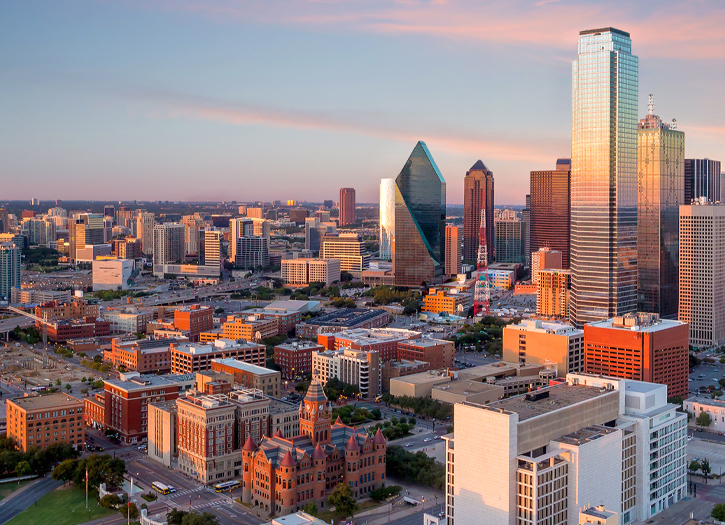The COVID-19 pandemic reached the U.S. state of Texas by March 2020. As of August 27, 2020, Texas public health officials reported 5,059 new cases of COVID-19 and 265 deaths, increasing the state’s cumulative totals since the start of the pandemic to 597,737 cases and 12,070 deaths.
Texas Governor Greg Abbott declared a state of disaster on March 13 and the Texas Department of State Health Services declared a public health disaster six days later for the first time since 1901. Counties, cities, and other local jurisdictions began implementing stay-at-home and shelter-in-place orders as the virus spread throughout March. The state government began directing the closure of some businesses beginning on March 19 and a statewide stay-at-home order went into effect on March 26 amid other restrictions on activities and businesses.
The pandemic has caused significant socioeconomic impacts on the state. In March, employment contracted by 4.7 percent, representing the largest contraction since the Great Recession. The state’s unemployment peaked at 13.5 percent in May 2020, and as of July 4, 2020, 2.8 million Texans had filed for unemployment benefits since mid-March. The Texas Workforce Commission announced that the Federal Pandemic Unemployment Compensation, which provided an additional $600 per week to claimants who faced pandemic-related loss of work. As of September 11, 2020, Texas has the Second-highest number of confirmed cases in the United States second only to California, and the eleventh highest number of confirmed cases per capita.
On March 13, Six Flags (based in Texas) suspended operations to all twelve of their properties nationwide as well as in Mexico, that were operating in the month of March, until the end of the month; these include the two Texas parks, Six Flags Fiesta Texas and Six Flags Over Texas. On March 30, the closure was extended to all of their properties. Sea World San Antonio announced plans to close from March 16 to April 1, along with all Schlitterbahn waterparks, the parks have delayed the closure.On March 14, H-E-B announced that all of their stores across the state will reduce open hours, to help restock items.As of May 26, KVUE reported that “The Texas Restaurant Association estimates that 6% of restaurants in Austin have shut down for good during the pandemic, and that number is estimated to be at 12% statewide”.
Abbott’s plans to lift the stay-at-home order and reopen Texas was followed by a spike in coronavirus cases reaching 50,000 new cases by Memorial Day weekend. The number rose consistently pushing Texas to chart at the top of cases nationwide and hospitals in the state’s largest cities reaching near or full ICU capacity. In response to the resurgence of COVID-19 cases, Abbott issued an executive order shutting down bars for a second time since the beginning of the pandemic.
Among the closures of school districts and universities across the state, Abbott waived all State of Texas Assessments of Academic Readiness (STAAR) testing for the 2019–20 school year for public grade schools on March 16.On March 19, Abbott issued an executive order that closed schools statewide until at least April 3. On March 31, the Governor announced that schools in the state will continue to stay closed until May 4. On April 17, Abbott said that Texas public schools would be closed for the remainder of the 2019–20 school year and that schools will continue to offer distance learning.
Houston Independent School District, the state’s largest school district, is among dozens of school districts extending their spring break, to help prevent the spread of the coronavirus. The closures are not without precedent, as many schools closed for two weeks during the 2009 H1N1 flu when Houston experienced a major outbreak. The CDC issued guidelines for K-12 school administrators to help “protect the health, safety, and wellbeing of students, teachers, other school staff, their families, and communities” as they prepare to return to school in fall 2020.As of May 19, University of Texas at Austin disclosed that they were rolling out a series of “financial mitigation measures” to alleviate employee furloughs and other economic distress from COVID-19.







Add Comment
You must be logged in to post a comment.